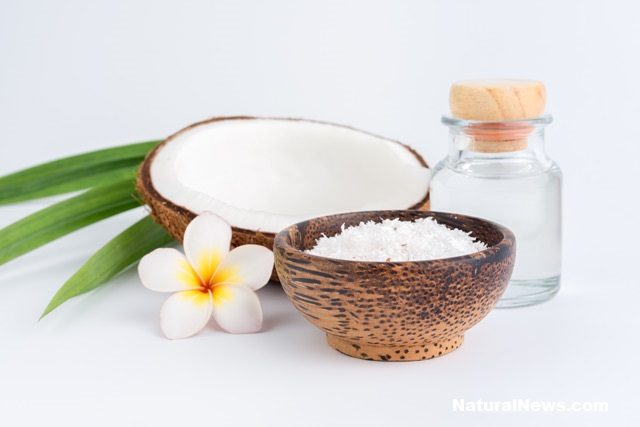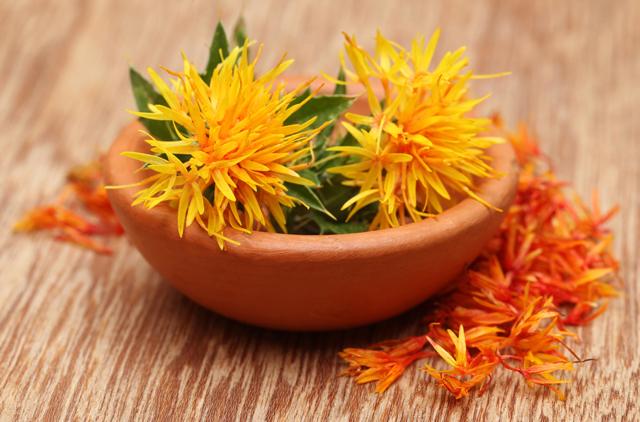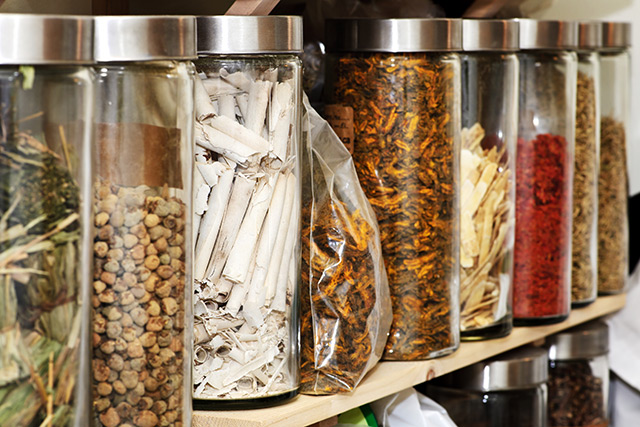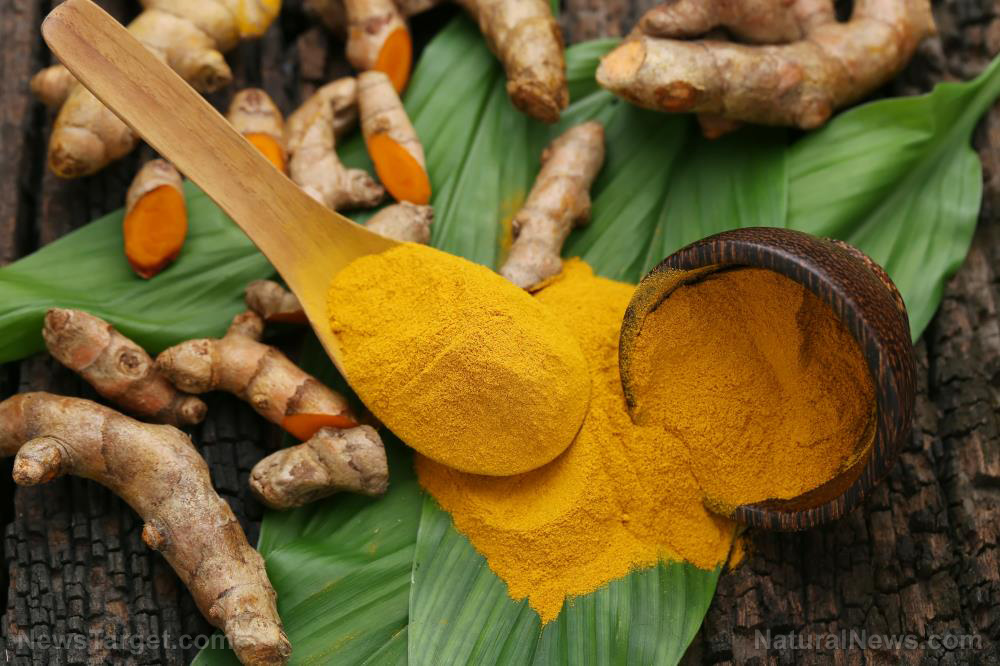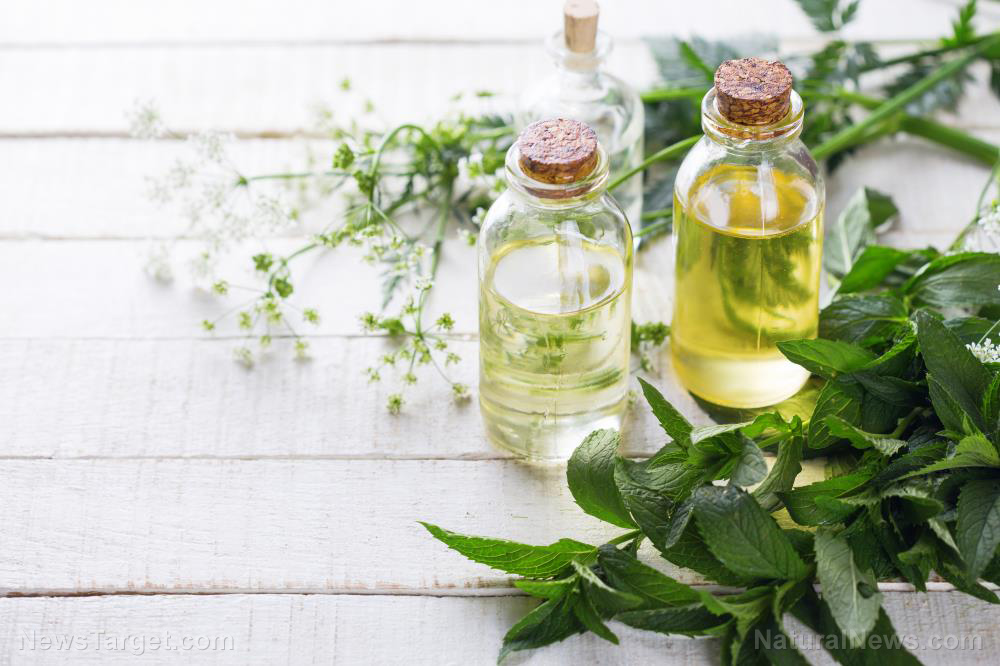Healing essential oils: Relieve inflammation and swelling with ginger oil
04/15/2019 / By Zoey Sky

Essential oils are often used in aromatherapy to help people relax or promote good sleep. But did you know that ginger essential oil can also relieve inflammation?
According to Dr. Raman Madan, M.D., a board-certified dermatologist at Huntington Hospital, most essential oils are made via a process called steam distillation. Through this process, steam is passed through raw plant material such as ginger or lavender. The process vaporizes the aromatic compounds in the plants. Through steam distillation, the oil-soluble components of plants are separated from the water-soluble ones to produce the essential oil.
The process may seem simple, but you will need complex equipment to yield enough of these aromatic oils at home. Even if you tried boiling ginger and adding another oil to it, you wouldn’t have the same effect as actual ginger essential oil.
Ginger essential oil and inflammation
Madan explained that your body produces specific inflammatory markers like IL-6, IL-10, and TNF-alpha. These markers cause symptoms such as inflammation, redness, and pain. (Related: Arthritic patients can reduce chronic joint pain with ginger essential oil.)
Several studies on ginger have determined that it can alleviate inflammation. Initial studies suggest that ginger can alter and reduce inflammatory biomarkers, which are tiny compounds on a molecular level. If you are suffering from inflammation, eat or drink foods and beverages that contain ginger. You can also use ginger essential oil and apply it topically for pain relief.
Always consult a healthcare professional before you start using ginger essential oil. While the oil can’t cure your pain, it is a natural remedy that may reduce cytokines, or the enzymes that cause inflammation.
How to use ginger essential oil
Never apply undiluted essential oils directly to your skin because they are potent substances that may cause irritation or other adverse reactions.
Carrier oils are used to dilute essential oils and help “carry” them into your skin. If you don’t want to use carrier oils, try other carriers like aloe vera gel or unscented body lotion.
To make a healing ginger essential oil mixture, follow the ratio below:
- Five percent dilution = 30 drops of essential oil per ounce of carrier
- 10 percent dilution = 60 drops of essential oil per ounce of carrier
Before you start using ginger essential oil, test the mixture to see if it triggers an allergic reaction. To test the oil, put a very small amount on your wrist, then wait one day. Check for any signs of allergic reaction, especially if you have sensitive skin.
Once you have confirmed that the oil is safe to use, rub the mixture wherever you’re experiencing pain or redness. Ginger oil can be used to address inflammatory conditions such as eczema, joint pain such as knee pain, or psoriasis.
More about carrier oils
Different carrier oils have various properties and uses.
- Coconut oil – Coconut oil is a natural moisturizer. This oil has also been shown to have antimicrobial properties, which is due to high levels of lauric acid – its main fatty acid. Coconut oil is solid and creamy when stored at room temperature.
- Grapeseed oil – Grapeseed oil is considered an all-purpose oil that is often used in aromatherapy (e.g., massage and skin care). The oil, which has a light sweet and nutty aroma, is virtually clear in color. Grapeseed oil leaves a glossy film on the skin.
- Rosehip oil – Rosehip oil is full of essential fatty acids such as alpha-linolenic acid. The oil has antioxidative and anti-inflammatory effects and is used to address various skin conditions. Rosehip oil is a natural source of vitamins C and E.
Consider using ginger essential oil if you want a natural remedy to relieve pain caused by inflammation.
Sources include:
Tagged Under: alternative medicine, anti-inflammatory, essential oils, ginger, ginger essential oil, herbal medicine, inflammation, natural cures, natural medicine, natural remedies, pain relief, pain reliever, remedies, swelling, Zingiber officinale

